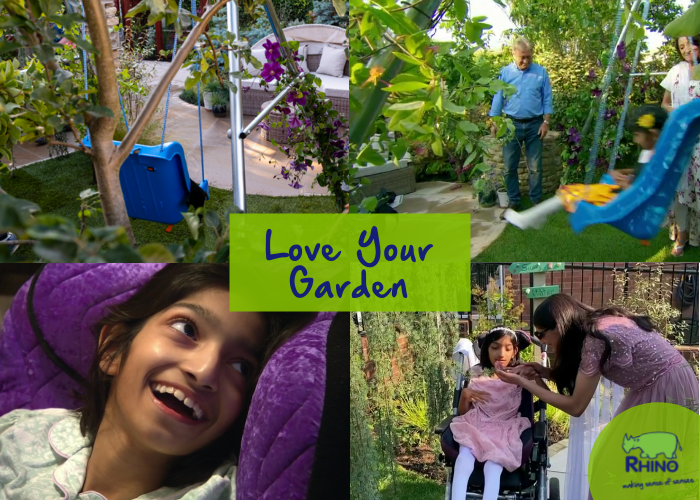Annually one phrase calls an end to the summer holidays; much like marmite, it creates a polarising effect for whoever hears it. It is a love/hate relationship that causes excitement, anxiety and panic buying new pencil cases for both students and teachers alike.
“Back to school.”
Returning to formal learning environments after the long summer break can be a stressful concept for students. And the start of the 2020/21 school year is going to be uniquely stressful and overwhelming, especially for the 1.3 million children with special educational needs who might have found comfort in their relaxed home learning environments.
Not only will the normal 6-week summer break have lasted for an unprecedented 23 weeks, but students will also be returning to somewhat alien classrooms – new layouts, altered break times and smaller class sizes, among other changes. Leaving a few elements of normalcy for children to return to, making their transition back to school that bit more difficult.
How can we help ease the transition between home and school?
Many psychologists are calling for a ‘period of play’ to help children find their academic feet, allowing students to reengage their social skills and express their emotions more fluidly. Helen Dodd, professor of child psychology at the University of Reading, highlights the benefits of play, explaining how it “relieves the stress and anxiety” of unfamiliar environments, benefiting students’ mental health in both the short and long term. Play can be described as a powerful device; not only for relieving back to school anxiety but for the everyday nurturing of students mental and physical health.
One of the most powerful ways to put play first is to create a dedicated space for it. A space that’s separate from the playground and the classroom, and one that’s been specially designed to focus on emotions, calming, and exploration – a Multi-Sensory Room.
Sensory rooms are the perfect third space between play and learning for schools. They’re filled with purposely designed gadgets, aids and elements that help children understand themselves and their emotions. Sensory rooms represent a calming and controlled environment that’s safe for children to explore how they’re feeling; it’s neither over or under stimulating, giving them the perfect opportunity to focus on the present.
Typical multi-sensory rooms include:
- A Bubble Column: A vibrant visual centrepiece. It’s bright, colourful, easy to maintain, and after a few minutes of watching the bubbles rise and fall you’ll certainly feel relaxed.
- Comfortable Seating: Sensory rooms are made for relaxation, so we make sure each space is filled with cosy seating. From squishy beanbags to weighted calming Sensit chairs, there are lots of comfortable options available.
- Mood Lighting: Sight is one of our most active senses. Changes in the level and colour of light can easily affect our mood, making lighting an important element of a multi-sensory room. Fibre Optics, Solar Projectors and even Colour Changing Eggs can create a wonderful sensory aesthetic to any room.
- Tactile Gadgets: Whether we’re exploring handheld tactile resources or relaxing in the comfort of a weighted blanket, becoming more familiar with our bodies is an important part of a multi-sensory room.
Even if you don’t have the space to create a new sensory room, incorporating sensory elements into day to day school life will certainly help relieve the burden of back to school anxiety. Calming Weighted Lap Pads will help students sit still comfortably for longer periods of time; Sensory Hut’s provide the perfect pop-up sensory experience, and this handy bag of Sensory Fidgets will give distracted fingers the perfect treat to help their wandering minds concentrate.
We can do a lot to battle the back to school blues; it makes sense that sensory is the best place to start!
If you’d like any more information about the benefits of sensory play in schools, please get in touch by giving us a call on 01270 766660, getting in touch on social media @RhinoSensoryUK or emailing sales@rhinouk.com.




